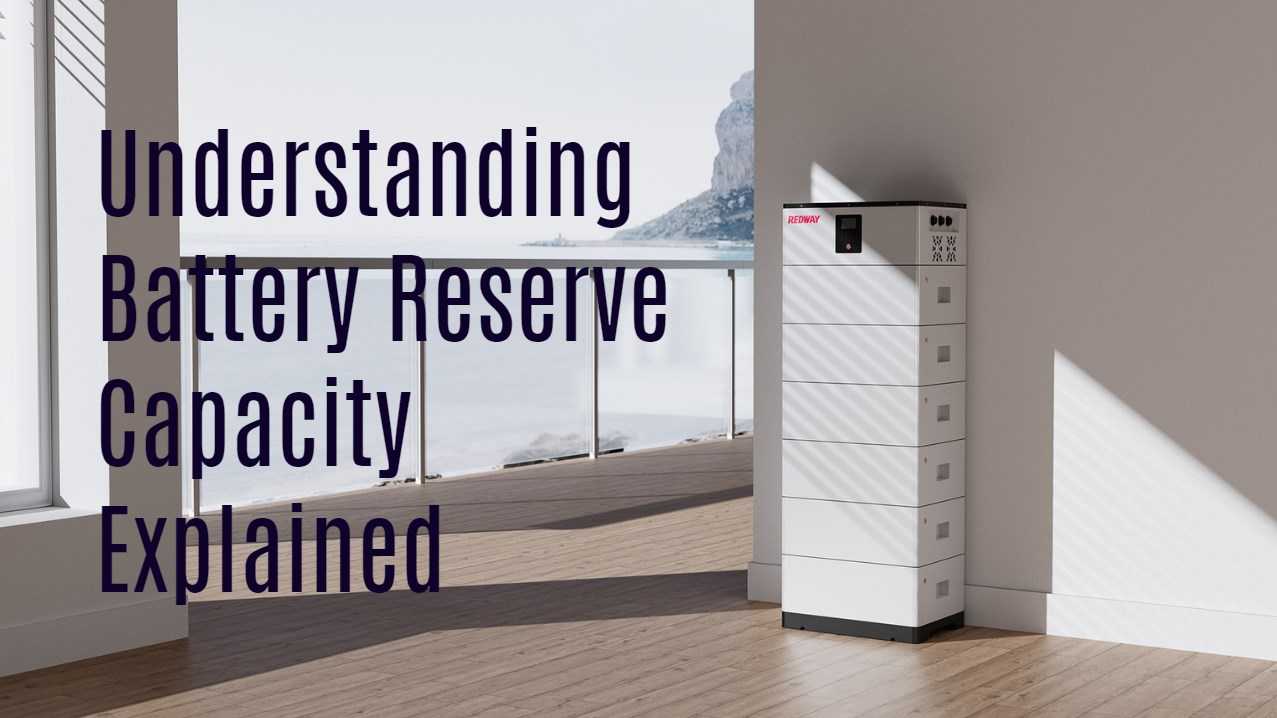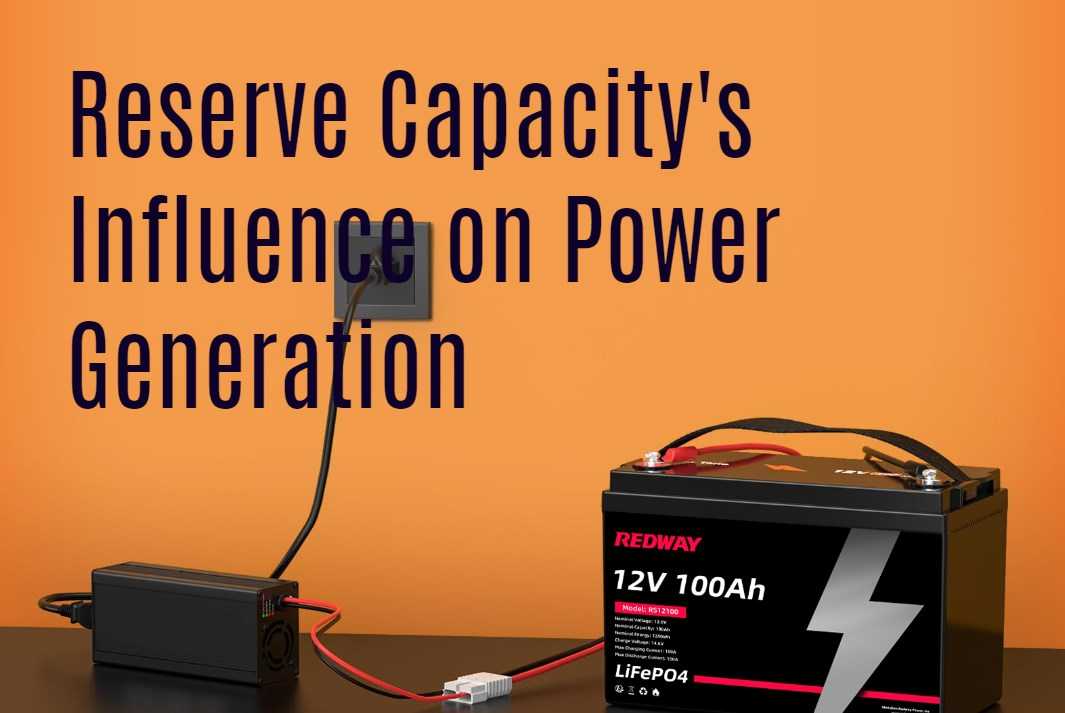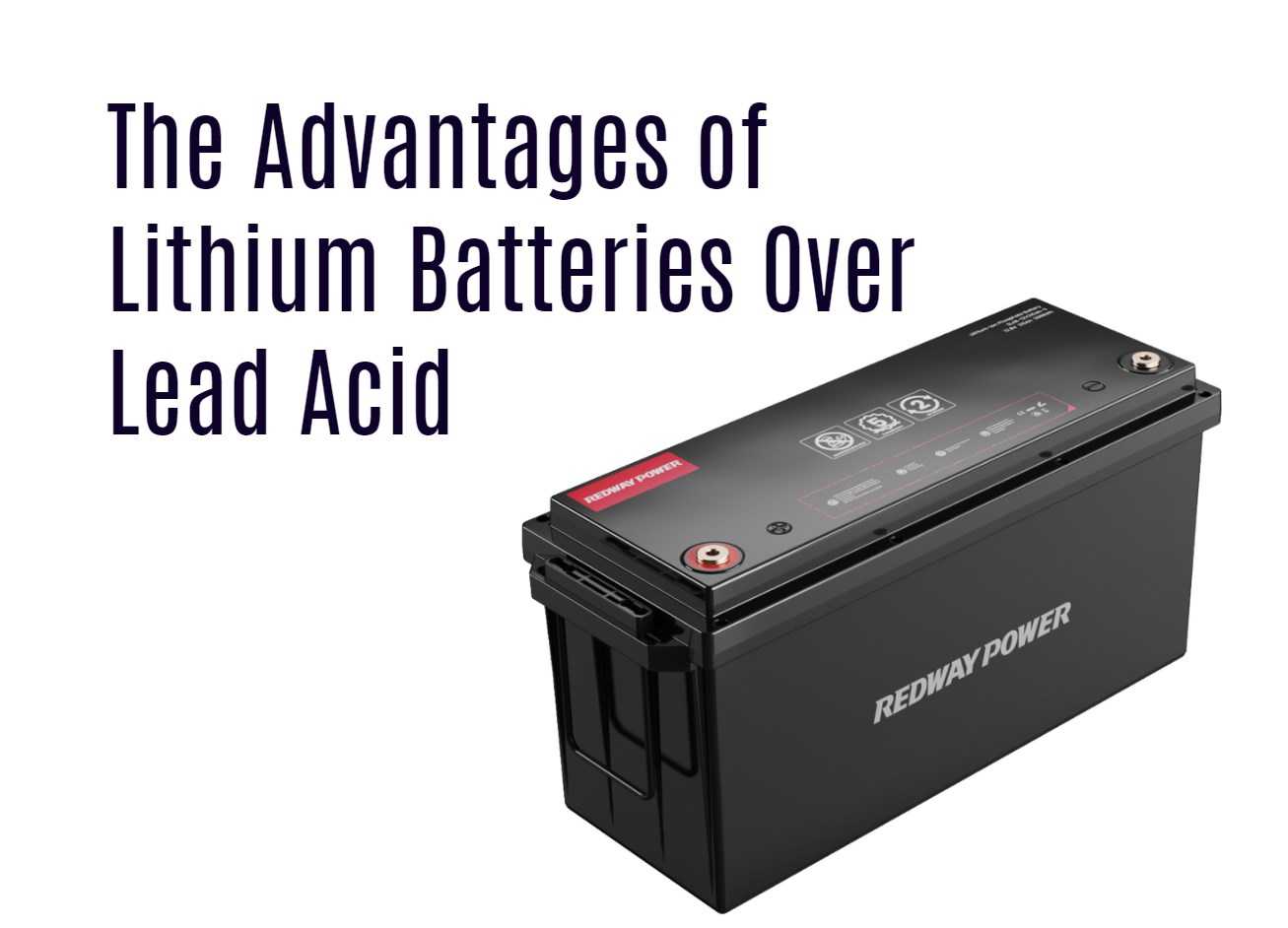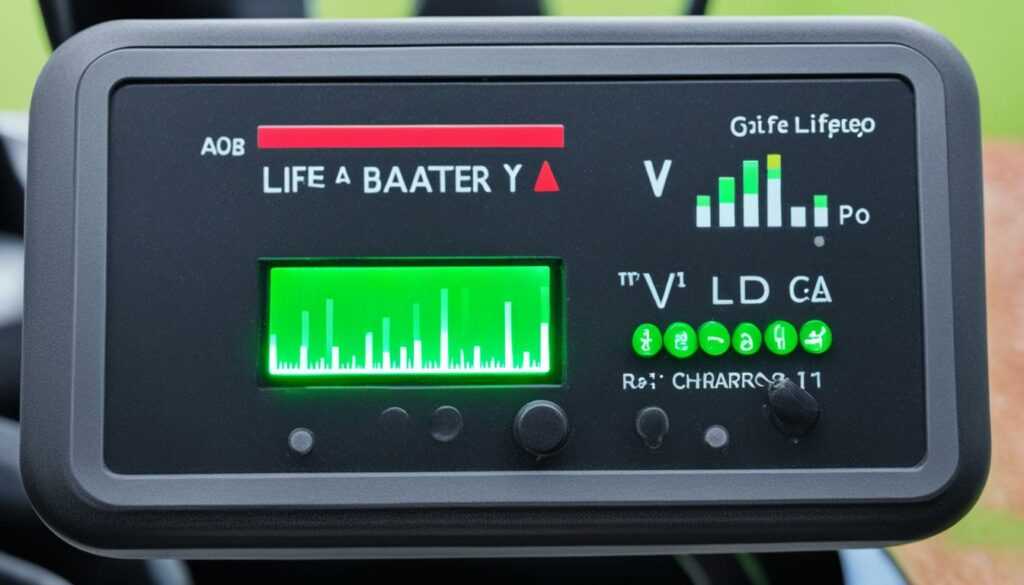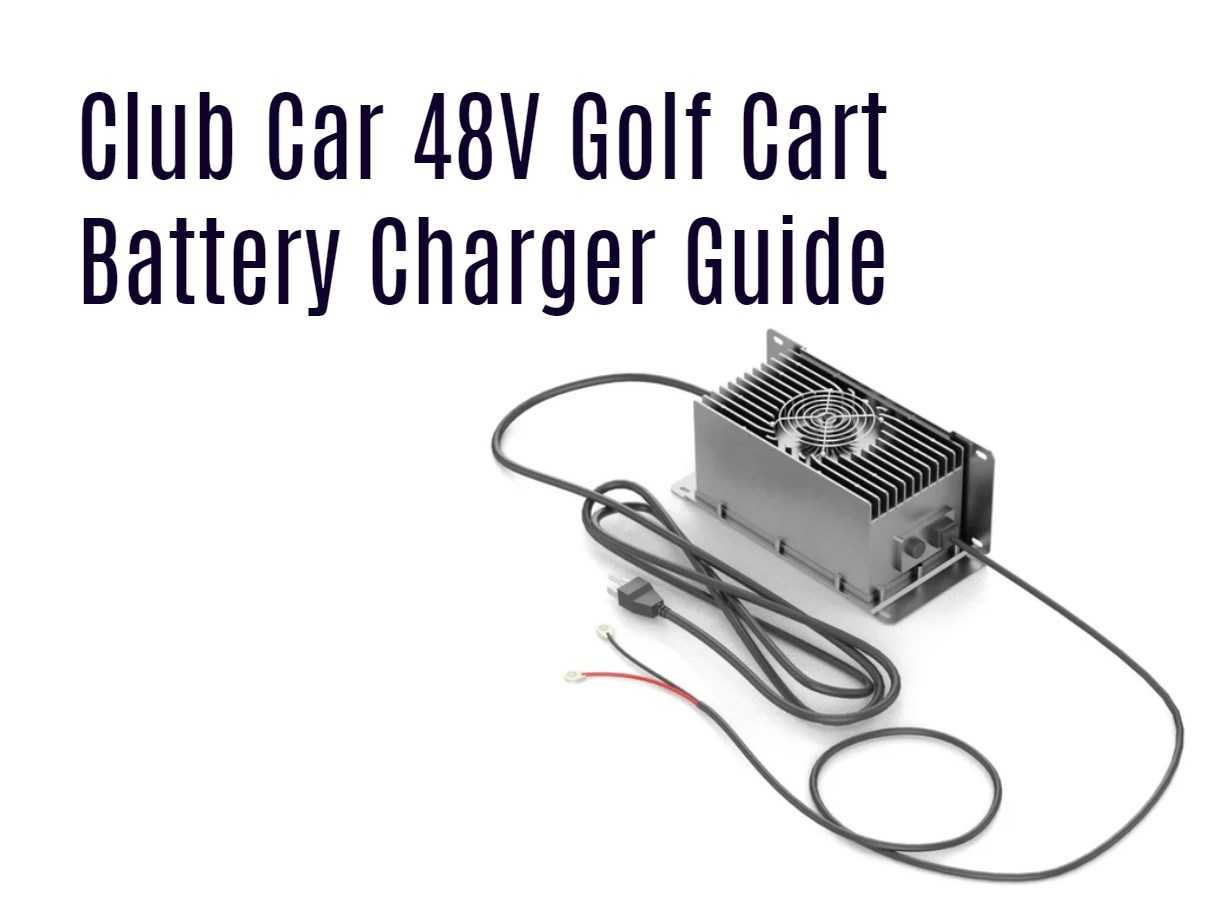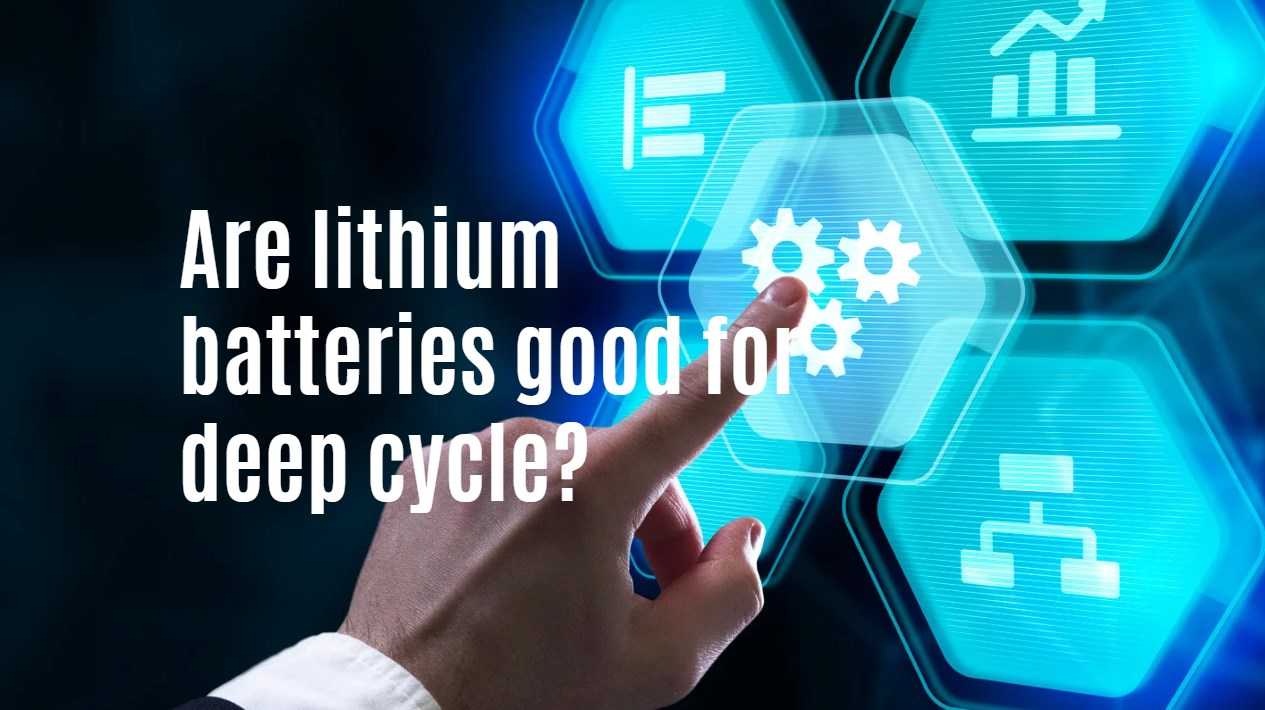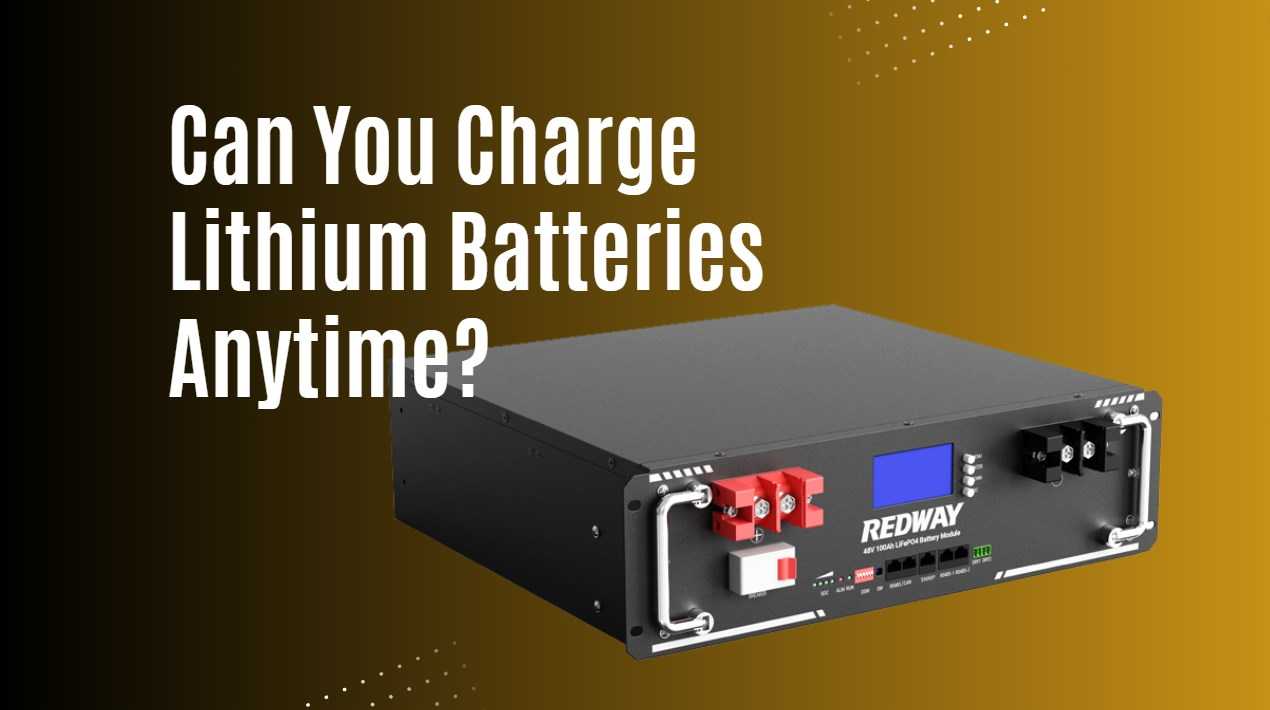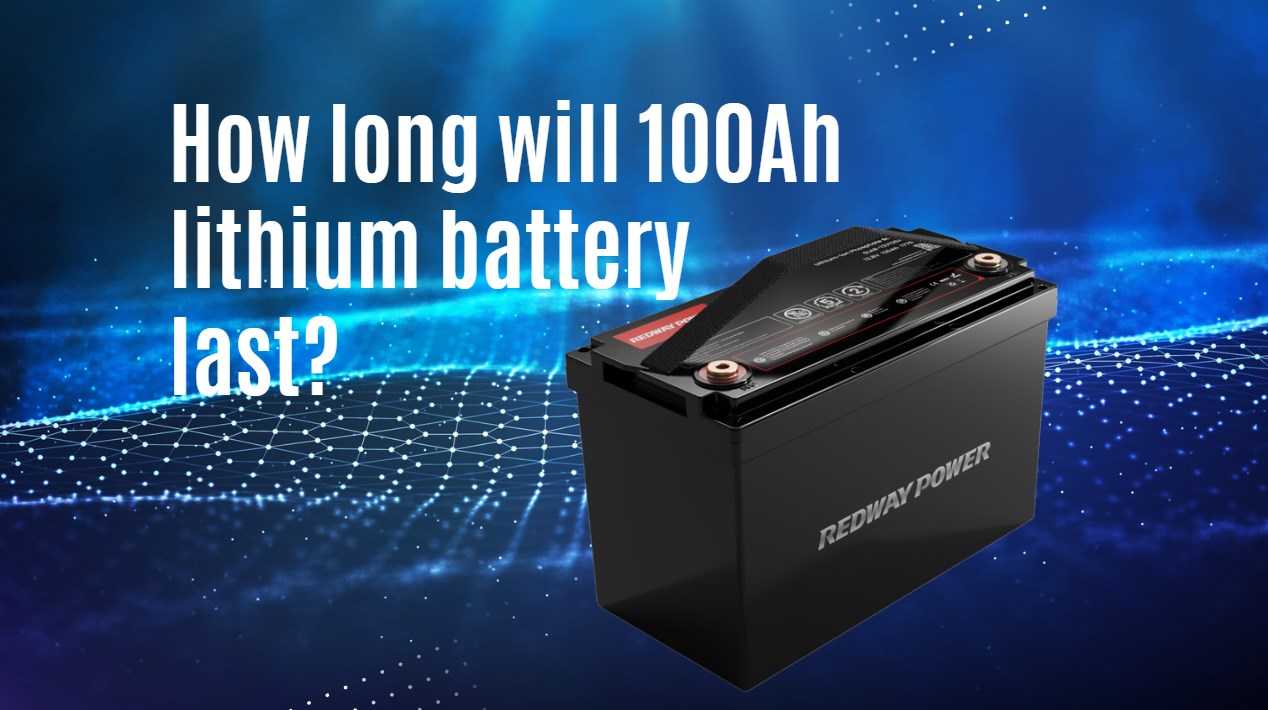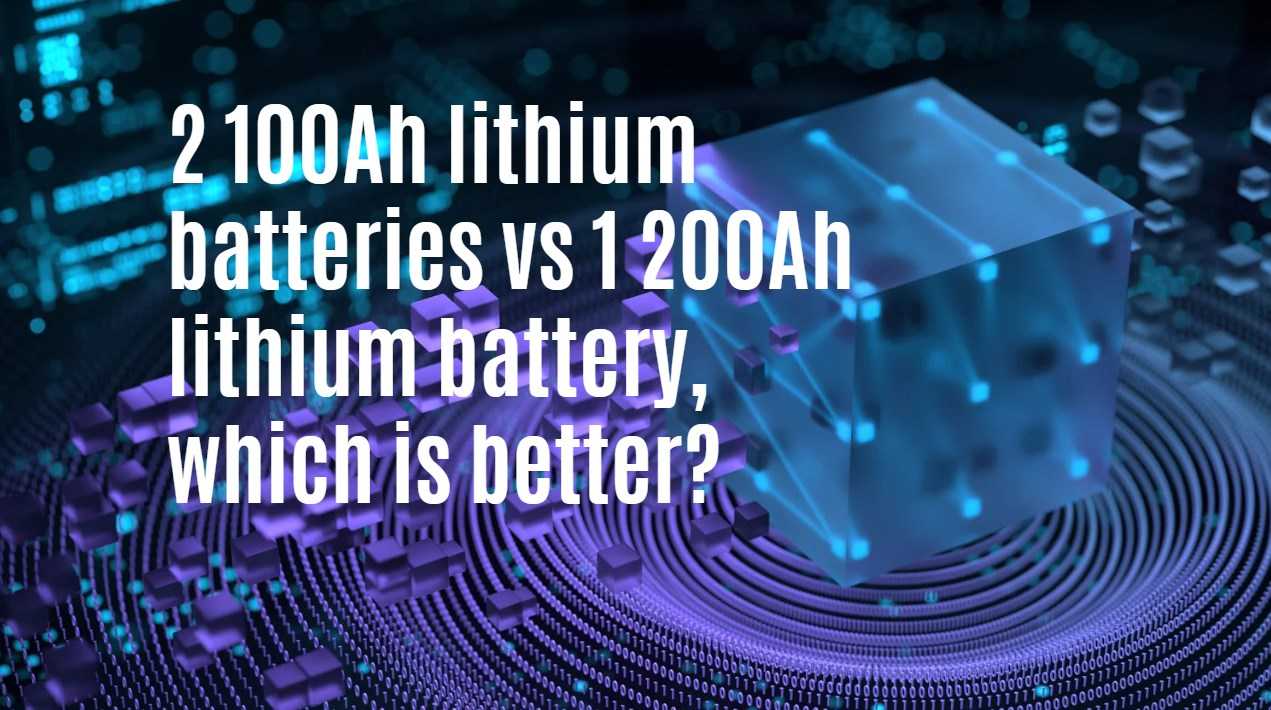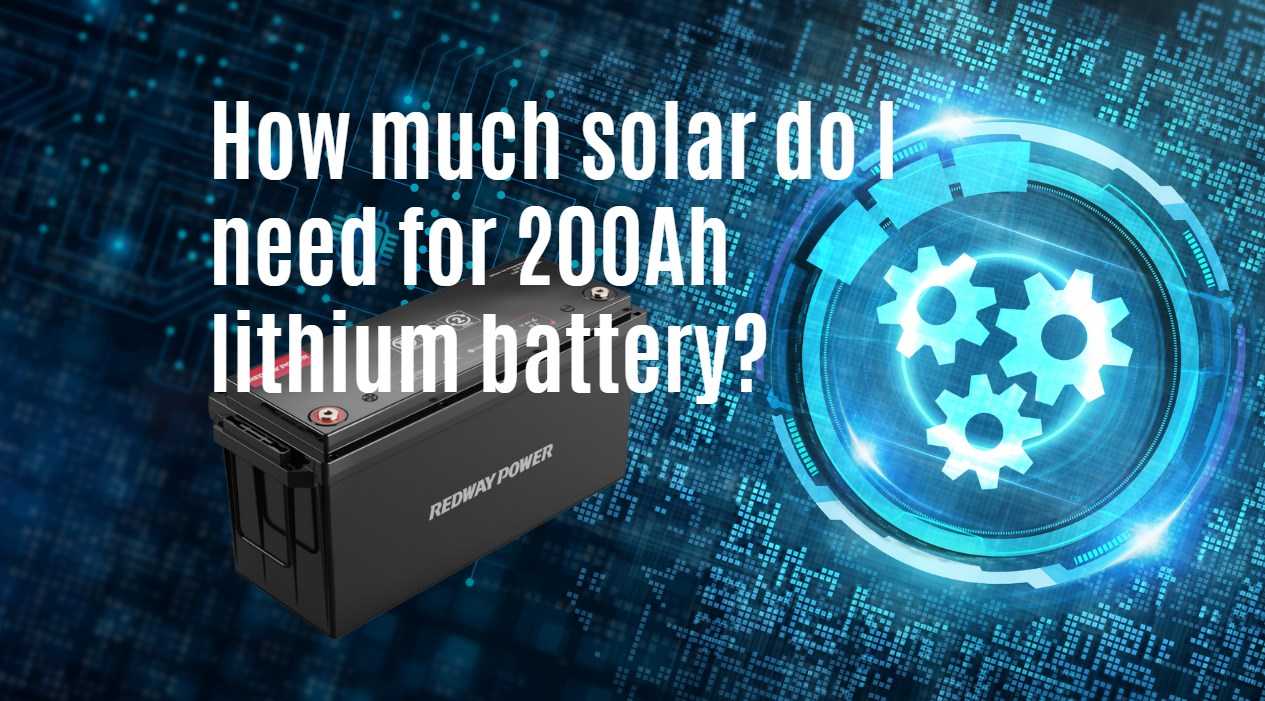5kWh LiFePO4 Batteries: Efficient Power Solutions
5kWh LiFePO4 batteries lead the pack in efficient energy storage. These lithium iron phosphate batteries store lots of energy for a long time. They work well for homes and businesses. You can add more batteries easily if you need them. This means you always have enough power, no matter what.
The safety of 5kWh LiFePO4 batteries is top-notch. They work in a wide range of temperatures and stay safe even when things get extreme. They’re simple to set up, fitting smoothly into any system. This makes them a great choice for clean, worry-free energy storage.
These batteries are designed to work with other equipment, like hybrid inverters, without a hitch. They can talk to different devices too. This helps make your energy storage system run better.
5kWh LiFePO4 batteries focus on being green, reliable, and effective. They’re changing how we power our lives. They are just what you need if you want to stop relying so much on public power, or if you own a business and can’t afford to lose electricity.
Key Takeaways:
- 5kWh LiFePO4 batteries offer high capacity and long-lasting performance.
- They have a scalable and expandable design, allowing users to increase capacity as needed.
- These batteries have exceptional safety features and operate within a wide temperature range.
- They are easy to install and integrate into existing setups.
- 5kWh LiFePO4 batteries have a modular design and communication capabilities for enhanced efficiency.
5kWh 48V Battery Bank: Small Home Energy Storage System
The 5kWh 48V battery bank is perfect for small home energy storage. It works well with solar panels and converters. This lets homeowners use renewable energy easily at home.
It can be made bigger by adding more modules. So, as a homeowner’s energy needs grow, they can expand this system.
This battery bank is strong and can last a long time. It’s made to work every day in a small home energy system without any issues.
Keeping homes safe is important, and this battery bank does just that. It protects against overcharging, over-discharging, and short-circuits. Homeowners can be sure their system is safe.
It also works well in different weather. So, it stays reliable whether it’s hot, cold, or somewhere in between.
Setting up and looking after this battery bank is easy. Homeowners don’t need to know a lot about tech. Plus, it doesn’t need much upkeep.
Overall, this 5kWh 48V system is great for those wanting more energy independence. It’s reliable, lasts a long time, safe, and easy to manage.
5kWh Powerwall 48V 100Ah Module: Wall-Mounted Small Battery Storage System
The 5kWh Powerwall 48V 100Ah Module is perfect for anyone needing a small battery storage system. It mounts easily on your wall, saving you space and energy costs. This system is great for homes and businesses, offering reliable and green power.
You’re in control with the 5kWh Powerwall 48V 100Ah Module. You can adjust your energy storage by adding more modules. This means you can start with 5kWh and expand to 10kWh, 15kWh, or 20kWh as you need more power.
This module comes with a smart Battery Management System (BMS). The BMS keeps your battery safe from many kinds of harm. It stops the battery from getting too hot or too full and protects it from electrical issues. This helps your battery last a long time.
It’s easy to connect the 5kWh Powerwall 48V 100Ah Module with your other energy devices. It works well with different inverters, helping energy flow smoothly in your setup. This makes your solar storage system work more efficiently.
The system’s design makes it simple to add more power. It’s also ready for high energy needs. So, whether it’s for your house or a business, it can keep up. The 5kWh Powerwall 48V 100Ah Module is all about giving you power you can count on for solar energy storage.
“The 5kWh Powerwall 48V 100Ah Module provides a compact and efficient solution for storing and harnessing solar energy. Its modular design and built-in safety features make it an excellent choice for residential and commercial applications.” – Energy Expert
Key Features of the 5kWh Powerwall 48V 100Ah Module:
- Wall-mounted design for space-saving installation
- Modular configuration for easy expandability
- Battery Management System (BMS) for protection and optimal performance
- Communication capabilities for seamless integration with inverters
- Supports higher current requirements
Looking for a reliable and efficient way to store energy? The 5kWh Powerwall 48V 100Ah Module is your answer. It’s small but powerful, easy to grow with, and has strong safety measures. Perfect for making the most of solar power at home or work.
OSM 48V 100Ah Lithium Ion Battery Bank: Residential Battery Storage Solution
The OSM 48V 100Ah battery bank changes how we think about home energy storage. It brings a reliable and effective way for homeowners to keep power. This powerful system charges and discharges quickly, making it a top choice for storing renewable energy.
The OSM battery bank is known for its smart battery management system. It keeps everything safe and sound. Homeowners can trust their power storage is protected by the best safety features.
Powered by lithium iron phosphate technology, this battery lasts longer and works better. It stores power well, helping homeowners use their renewable energy efficiently. This means less waste and more money saved.
Compared to old lead-acid batteries, the OSM battery bank is a big step forward. It’s light, small, and packs a lot of power. It’s easy to set up, helping homes switch smoothly to greener energy storage.
With the OSM battery bank, homeowners can use energy smarter. They rely less on the grid and become more energy independent. This green storage solution cuts costs and helps the planet.
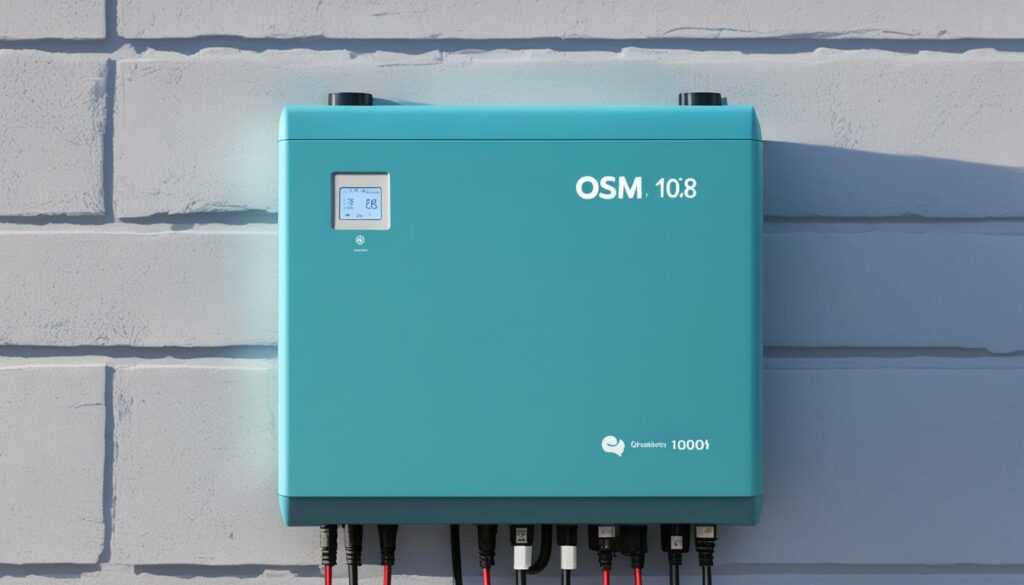
Feel the difference with the OSM 48V 100Ah lithium ion battery bank. It leads to a better, more efficient way to store home energy.
| Key Features | Benefits |
|---|---|
| Advanced battery management system | Ensures safety and protection |
| Lithium iron phosphate (LiFePO4) technology | Longer lifespan and optimal performance |
| Lightweight, compact, and powerful design | Perfect replacement for conventional batteries |
| Easy installation and integration | Seamless transition to sustainable energy storage |
Own your energy future with the OSM 48V 100Ah lithium ion battery bank. It’s the best solution for storing home energy.
EGbatt 48V 100AH LiFePO4 Power Wall: Ultimate Home Power Backup Solution
The EGbatt 48V 100AH LiFePO4 Power Wall is a top-notch home power backup. It’s built to give you steady and eco-friendly power. This lithium-ion battery is light and small, yet powerful, making it great for your home. It has a 5kWh capacity for reliable power, even during blackouts.
This power wall is modern and mounts on your wall, saving space. It’s perfect for those wanting smart power backup without the bulk.
The EGbatt 48V 100AH LiFePO4 Power Wall stands out with top performance. It runs at 48V for steady power, letting homeowners relax.
The EGbatt Power Wall lasts long and needs very little care. You can trust this battery to power your home for years, without the stress of quick replacements or high costs.
Features of the EGbatt 48V 100AH LiFePO4 Power Wall:
- High energy density for maximum power storage capacity
- Safe and environmentally friendly lithium-ion technology
- Intelligent control and monitoring capabilities for optimized performance
- Easy installation and integration into existing power systems
- Negligible maintenance requirements for added convenience
Benefits of the EGbatt 48V 100AH LiFePO4 Power Wall:
- Reliable home power backup during blackouts or outages
- Cost-effective alternative to traditional power backup solutions
- Reduced dependence on the electrical grid
- Sustainable and environmentally friendly energy storage
- Space-saving design for seamless integration within homes
| Feature | EGbatt 48V 100AH LiFePO4 Power Wall |
|---|---|
| Battery Storage Capacity | 5kWh |
| Voltage | 48V |
| Weight | Lightweight |
| Installation | Easy and convenient |
| Maintenance | Minimal |
| Technology | Lithium-ion |
The EGbatt 48V 100AH LiFePO4 Power Wall outshines as a home power backup. Enjoy a life without power worries with this innovative battery system.
EGbatt 5KW 48V100Ah Lithium Lifepo4 Battery: High-performance, Long-lasting Battery
The EGbatt 5KW 48V100Ah Lithium Lifepo4 Battery performs at the top level for many uses. It’s a top pick for storing power, thanks to its top-notch energy and dependability. This makes it a great option for different power needs.
It does a great job of holding a lot of energy in a small space. Perfect for when you need to tuck it away in a home, business, RV, or boat. Even though it’s small, this battery is mighty, delivering a steady flow of power.
Designed with safety in mind, it guards against overcharging, over-discharging, and short-circuits. This keeps the battery and the gear it’s connected to safe.
Additionally, it lasts a long time before needing to be replaced. It far outlasts standard batteries, cutting down on costs and being kinder to the planet.
For off-grid adventures, home backups, or outdoor fun, rely on the EGbatt 5KW 48V100Ah Lithium Lifepo4 Battery. It’s the go-to for high-performance power needs.
Get the EGbatt 5KW 48V100Ah Lithium Lifepo4 Battery now and see what lasting and efficient power is all about.
Benefits of 5kWh LiFePO4 Batteries
5kWh LiFePO4 batteries have many advantages for storing energy. They are great for homes and businesses. Let’s see why using these batteries is a smart choice:
- High capacity: These batteries can store up to 5kWh of energy. This is a lot, ensuring your power needs are met.
- Long lifespan: They last longer than many other types of batteries. You won’t need to replace them often, saving money and the planet.
- Energy efficiency: 5kWh batteries use energy very well. You get more power for your devices and systems.
- Environmental-friendly: They are safe for the planet because they don’t have harmful chemicals. Using them won’t harm the environment.
- Safety: Advanced safety features protect these batteries from dangers like overcharging. This keeps your home or business safe.
- Versatility: Their design allows for easy upgrades. They fit various energy storage needs, from small homes to big businesses.
- Compatibility: They work well with many devices and setups. This makes them a flexible choice for different situations.
In conclusion, 5kWh LiFePO4 batteries are top-notch in capacity, lifespan, energy use, safety, environment care, and flexibility. They provide a trustworthy, eco-friendly solution for energy needs at home or work. Choosing these batteries means choosing efficiency and durability for your power storage.
5kWh LiFePO4 Batteries for Residential Energy Storage
Homeowners often look for reliable power and peace of mind. 5kWh LiFePO4 batteries are great for these needs. They work well during peak times or outages.
These batteries are efficient and store a lot of energy in a small space. This makes them perfect for homes where space is a concern.
5kWh LiFePO4 batteries are known for their great efficiency. Homeowners can use their energy better. This can cut energy costs and reduce the need for grid power.
These batteries also come with safety features. This helps to protect the home and the people in it from harm.
“5kWh LiFePO4 batteries offer homeowners a sustainable and efficient solution for residential energy storage.”
Choosing these batteries not only brings peace of mind. It also helps the planet by using renewable energy and reducing your carbon footprint.
5kWh LiFePO4 batteries make using solar power better. They fit easily with your existing system. This means you can move to cleaner energy smoothly.
Advantages of 5kWh LiFePO4 Batteries for Residential Energy Storage
Here are some key advantages of using 5kWh LiFePO4 batteries for your home:
- High capacity to power a home’s electrical needs
- Compact design for space-limited residential applications
- High energy density for efficient energy storage
- Safety features to protect against overcharging and over-discharging
- Reduces reliance on the grid and promotes energy independence
- Maximizes the use of stored energy and reduces energy costs
- Seamless integration with existing solar power systems
- Contributes to a greener and more sustainable future
With these benefits, it’s easy to see why these batteries are a top choice. They help you use renewable energy better and gain more energy freedom. Start enjoying the perks of 5kWh LiFePO4 batteries in your home today.
| Advantages | 5kWh LiFePO4 Batteries |
|---|---|
| Capacity | High |
| Design | Compact |
| Energy Density | High |
| Safety Features | Included |
| Grid Reliance | Reduced |
| Cost Savings | Potential |
| Integration | Seamless |
| Sustainability | Promoting |
5kWh LiFePO4 Batteries for Commercial Energy Storage
In the commercial world, 5kWh LiFePO4 batteries stand out. They’re reliable and have a good amount of power. This makes them perfect for places like offices, shops, and factories.
These batteries shine in how much energy they can store. This is great news for businesses. They can rely less on the power grid and use more renewable energy. Saving energy when it’s not in high demand helps avoid costly energy bills during peak times.
What’s really cool is their design. It’s easy to add more of these batteries if a business needs to. This means whether your workspace is small or huge, you can adjust your power storage easily.
Also, they work well with lots of different systems. This makes fitting them into existing setups a breeze. It won’t cause a lot of headaches or extra work for companies to start using these batteries.
All in all, 5kWh LiFePO4 batteries rock for storing energy in the business world. With their big storage, reliability, and easy expansion, they’re a top pick. They help businesses save money, use energy wisely, and go green.

Advantages of 5kWh LiFePO4 Batteries for Commercial Energy Storage:
- High energy storage capacity
- Reduced reliance on the grid
- Maximized use of renewable energy sources
- Modular design for scalability
- Compatibility with hybrid inverters and communication protocols
“5kWh LiFePO4 batteries provide a sustainable and efficient solution for commercial energy storage, allowing businesses to reduce costs and optimize their energy consumption.”
5kWh LiFePO4 Batteries: Environmental Benefits
5kWh LiFePO4 batteries shine bright for the environment. They beat traditional batteries with their green qualities. These batteries lead us to a greener tomorrow.
- Longer lifespan: Unlike other types, 5kWh LiFePO4 batteries last longer. This means less waste and a smaller impact on our planet.
- Rechargeable: LiFePO4 batteries can be charged over and over. This reduces the pile of used batteries and helps the planet.
- High energy density: With a high energy density, these batteries can store a lot in a small area. They help use resources more wisely, cutting back on space needed for batteries.
- Safe and clean: These batteries don’t contain harmful chemicals. Many disposable batteries do, which makes LiFePO4 safer and cleaner for us all.
- Energy efficiency: 5kWh LiFePO4 batteries are efficient in using and keeping energy. They help make renewable energy use better for the world.
Choosing 5kWh LiFePO4 batteries is a greener choice. It benefits the planet and supports strong, efficient energy use for everyone.
| Environmental Benefits | Description |
|---|---|
| Longer lifespan | Reduces overall waste and disposal of batteries |
| Rechargeable | Reduces battery waste and promotes a circular economy |
| High energy density | Stores more energy in a smaller space, conserving resources |
| Safe and clean | Free from harmful chemicals, safer for the environment |
| Energy efficiency | Allows for more effective use of renewable energy sources |
Conclusion
5kWh LiFePO4 batteries are reliable options for saving power at home and in businesses. They have a big capacity and last a long time. Plus, they’re good for the environment, which is a win.
These batteries can fit various needs thanks to their design and how they can work with different systems. So, whether you’re looking for personal power freedom or backup for a business, 5kWh LiFePO4 batteries can help. They’re a smart choice for saving energy. And using them means you’ll worry less about power.
So, think about upgrading your energy storage with 5kWh LiFePO4 batteries today. You’ll get lots of perks by doing so.
FAQ
What are the benefits of 5kWh LiFePO4 batteries?
5kWh LiFePO4 batteries have many advantages. They offer high capacity and are very safe. They last a long time and are good for the environment. They are also versatile and work with a variety of systems.
How are 5kWh LiFePO4 batteries suitable for residential energy storage?
For homes, 5kWh LiFePO4 batteries are perfect. They store power well and provide consistent energy. This is great for when you need power most, or if there’s an outage.
How can 5kWh LiFePO4 batteries be used for commercial energy storage?
In business settings, these batteries can meet high energy needs. They decrease the need for grid power. They also boost the use of renewable energy, making them good for the environment.
What environmental benefits do 5kWh LiFePO4 batteries offer?
5kWh LiFePO4 batteries help the planet in many ways. They last longer and are rechargeable. Their high energy density saves space. They are also safe and clean, plus they boost energy efficiency.


